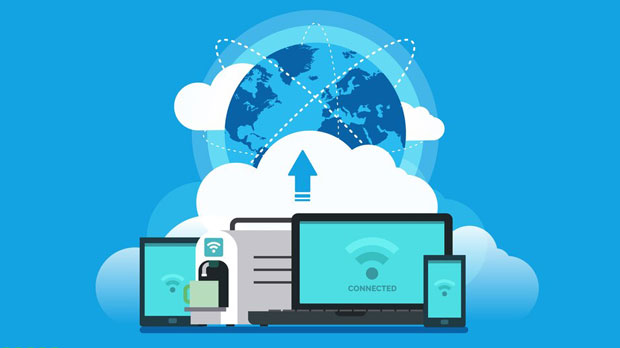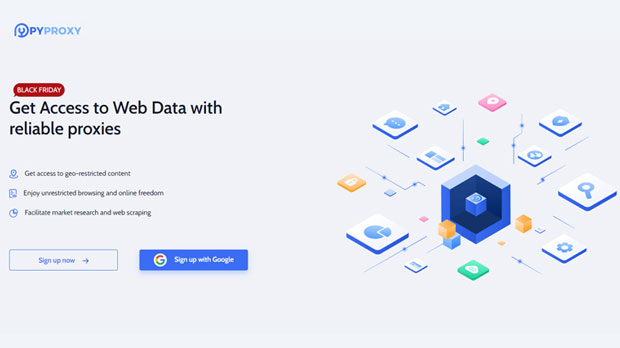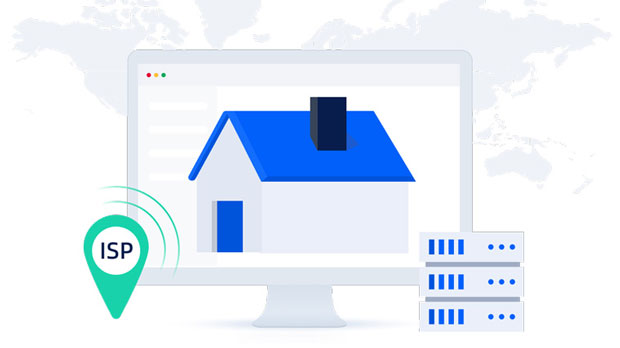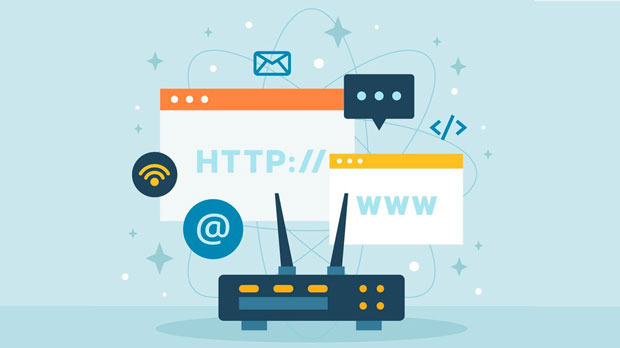When discussing online privacy and security, VPN (Virtual Private Network) websites and proxy provider websites often come up as solutions for masking user identity and location. While both serve similar purposes, their underlying technologies and functionalities vary significantly. VPN services provide an encrypted connection that routes traffic through a secure tunnel, ensuring confidentiality and data integrity. On the other hand, proxies work by acting as intermediaries between users and websites, without necessarily encrypting the traffic, offering different levels of security. Understanding the technical differences between VPN websites and proxy provider websites can help users choose the right service based on their needs for privacy, security, and internet freedom. 1. Basic Definitions of VPN and Proxy ServicesBefore diving into the technical differences, it is important to define what VPNs and proxies are in simple terms:- VPN (Virtual Private Network): A VPN creates a secure tunnel between the user's device and a VPN server. This tunnel encrypts all internet traffic, providing a high level of security. VPNs are typically used for ensuring privacy, bypassing censorship, and securing connections over unsecured networks like public Wi-Fi.- Proxy: A proxy acts as a gateway between the user and the internet. It routes requests from the user to the destination server, acting as an intermediary. Unlike VPNs, proxies do not encrypt data, and they are often used for tasks like bypassing geo-restrictions or hiding the user's IP address.2. How VPNs and Proxies WorkThe technical operation of VPNs and proxies differs in several key ways:- VPN Technology: When a user connects to a VPN service, their internet traffic is redirected to the VPN server through an encrypted tunnel. This process ensures that all data between the user's device and the VPN server is encrypted, preventing anyone, including ISPs and hackers, from intercepting or monitoring the user's activities. VPN protocols like OpenVPN, IKEv2/IPSec, and WireGuard are commonly used to establish these secure tunnels. Additionally, VPNs may offer features like DNS leak protection, kill switches, and the ability to switch servers to further enhance security and privacy.- Proxy Technology: A proxy, on the other hand, does not encrypt data. It simply intercepts requests from the user and sends them to the target server on behalf of the user. This is similar to a middleman who forwards a message. Proxies typically operate at a higher level, such as the application layer, and may offer basic anonymity by masking the user's IP address. However, proxies do not provide encryption, which means that sensitive data sent through a proxy can be intercepted and exposed. Unlike VPNs, proxies are not effective at securing user data over public networks.3. Privacy and Security: VPN vs ProxyOne of the main differences between VPN websites and proxy provider websites lies in the level of privacy and security they offer.- Privacy with VPNs: VPNs provide a high level of privacy because they encrypt all traffic between the user’s device and the VPN server. Even if a hacker intercepts the traffic, they would not be able to decipher the data without the encryption key. This makes VPNs ideal for users who want to ensure their internet activities are private and secure, especially when using public Wi-Fi or accessing sensitive information.- Privacy with Proxies: Proxies offer limited privacy since they only hide the user's IP address from the websites they visit. However, since proxies do not encrypt traffic, any data transmitted through a proxy could be exposed to third parties. This is particularly concerning when it comes to sensitive data like login credentials or financial information. While proxies can help users access region-restricted content, they should not be relied upon for protecting privacy in high-risk situations.4. Speed and PerformanceThe performance of both VPNs and proxies can vary depending on several factors such as the provider, server location, and encryption protocols.- VPN Speed and Performance: Since VPNs encrypt all traffic, this process can introduce some level of latency and reduce the speed of internet connections. The extent of the speed reduction depends on the encryption protocol used and the distance between the user and the VPN server. High-quality VPN services, however, aim to minimize this impact by offering fast servers and optimizing protocols for speed.- Proxy Speed and Performance: Proxies typically offer faster speeds compared to VPNs because they do not encrypt traffic. Since proxies simply redirect traffic without adding encryption overhead, users may experience better performance, especially for tasks like streaming content or browsing websites. However, proxies do not provide the same level of security, which means the faster speed comes at the cost of privacy.5. Use Cases: When to Choose a VPN or Proxy?Choosing between a VPN and a proxy largely depends on the user’s needs and priorities.- When to Choose a VPN: A VPN is the best choice for users who require a high level of security and privacy. If you are concerned about protecting your data while using public Wi-Fi, accessing sensitive websites, or bypassing government censorship, a VPN will provide a much stronger level of protection. VPNs are ideal for online activities such as banking, shopping, and working with sensitive information.- When to Choose a Proxy: A proxy is a good choice for users who are primarily interested in accessing region-locked content or hiding their IP address for less sensitive activities. For instance, if you just want to bypass geo-blocked websites or hide your IP for casual browsing, a proxy could be sufficient. However, proxies should not be used for securing sensitive communications or protecting privacy on unsecured networks.6. Cost ConsiderationsWhen comparing the costs of VPNs and proxies, it’s important to understand that:- VPN Costs: VPN services usually come with a monthly or annual subscription fee. The cost varies based on the features, server locations, and the level of encryption offered. High-quality VPNs tend to be more expensive, but they provide enhanced security, privacy, and access to premium features.- Proxy Costs: Proxy services, especially free ones, are typically less expensive than VPNs. However, many free proxies come with limitations in terms of speed, security, and reliability. Paid proxies may offer better performance but still lack the security features that come with a VPN service.7. ConclusionIn conclusion, while both VPN and proxy services offer ways to hide your IP address and bypass geo-restrictions, they operate on different technological principles and provide varying levels of privacy, security, and performance. VPNs are ideal for users who prioritize security and privacy, offering encrypted connections and protection against data interception. Proxies, on the other hand, are more suited for users who need to hide their IP or access region-restricted content without a strong emphasis on security. By understanding the technical differences and use cases for each, users can make informed decisions based on their specific needs.
Jul 08, 2025


































































